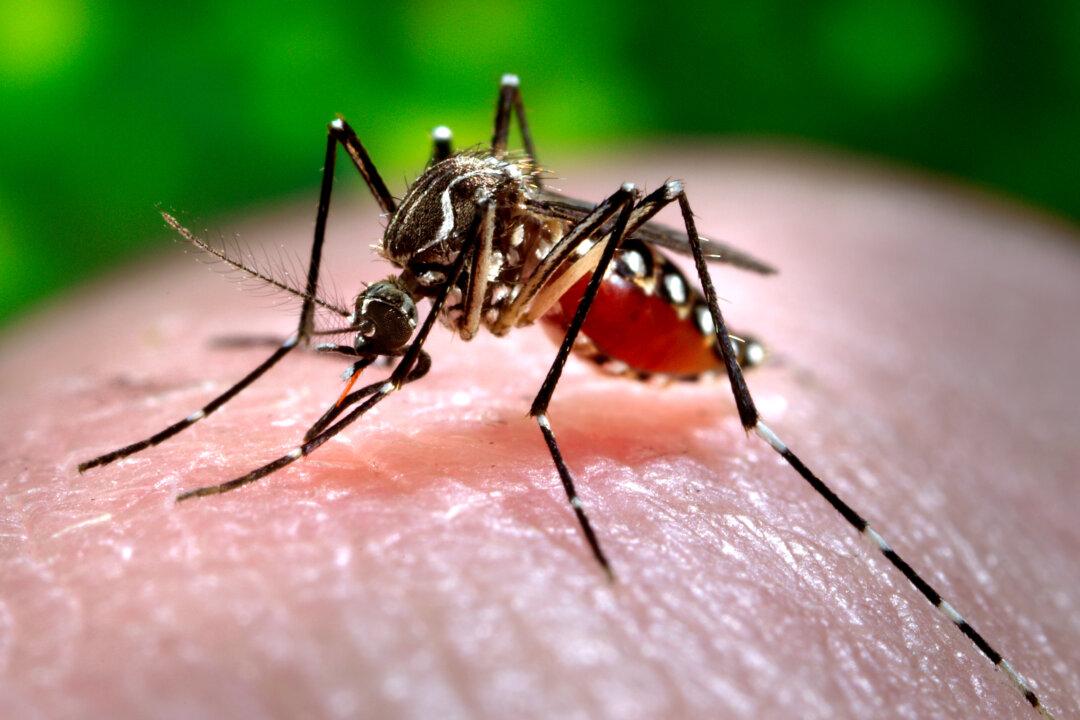MISSION VIEJO, Calif.—Invasive, ankle-biting mosquitoes are swarming Orange County, California, and the vectors will soon fill the 500 livable square miles in the county, according to the Orange County Mosquito and Vector Control District (OCMVC).
The Mission Viejo City Council requested that the OCMVC inform residents about infestation at the Nov. 9 city council meeting after residents across the county experienced discomfort and an inability to use their properties due to the infestation.





